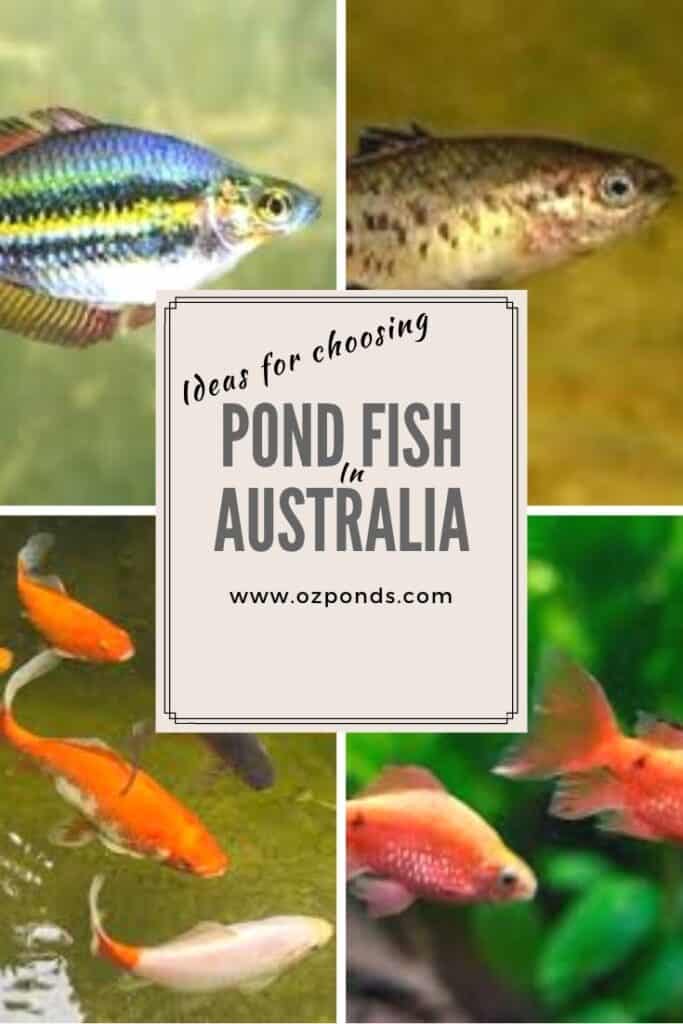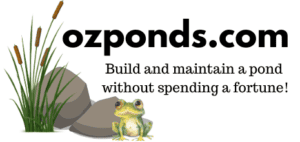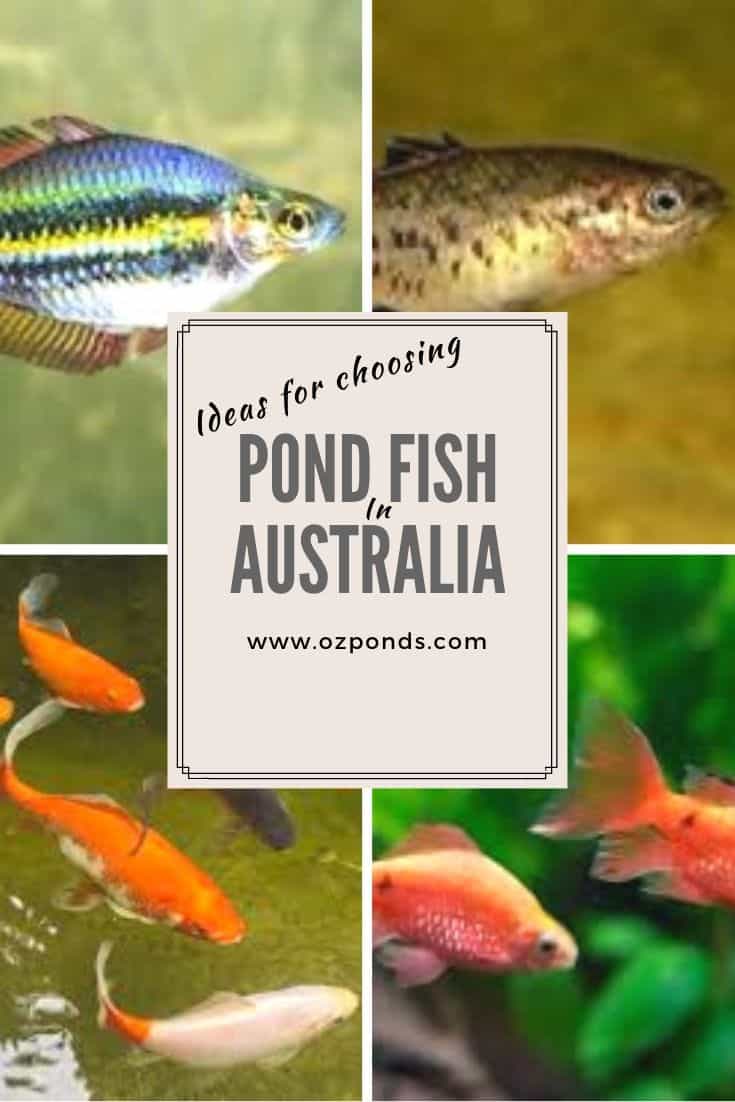I know when i set up my first pond i wanted to understand what types of fish i could keep in it. I was worried that i would just be stuck with common goldfish.
However I’ve since discovered that there are many different species of fish that are suitable for ponds here in Australia.
This is a list of the best fish that can be kept within a pond in Australia.
If you want to build the best habitat for your fish, check out my “ultimate guide to building a pond in Australia” article.
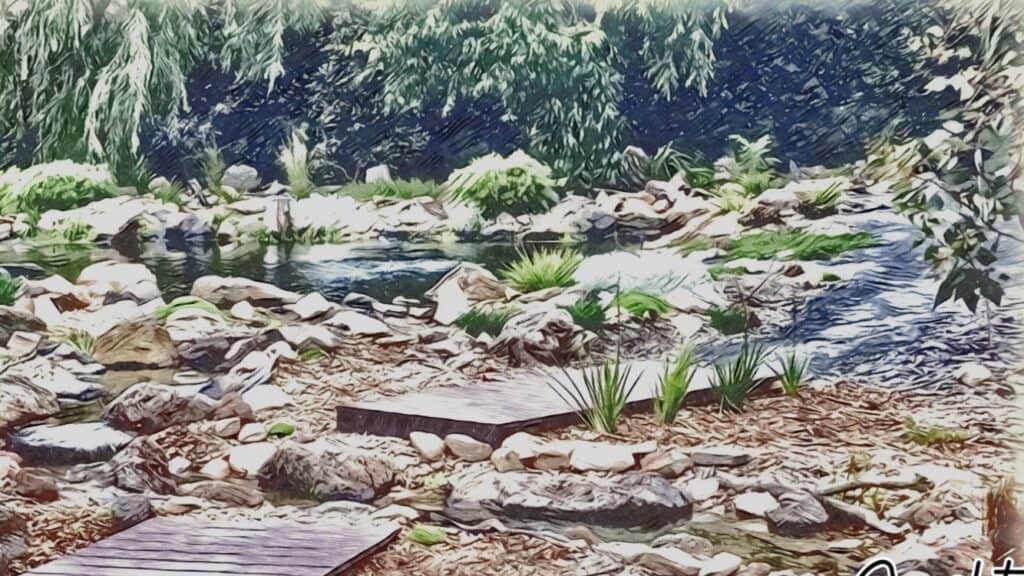
Need help designing your pond? Looking for affordable pond products?
I’ve assembled a list and helpful links to the products I use when building my ponds.
If you want to check it out click the button below.
Keep in mind that due to our wide range in different climate zones across the continent not all fish on this list will be suitable to all areas.
Those lucky enough to live in the tropics have a much wider choice as they can basically have any of the commonly sold tropical fish available in the aquarium trade.
I’m all the way down in Victoria and while my options are not as exotic, there are still many choices available to me.
The list is separated into native fish and non-native species. I’ve also included some non fish species that can be successfully kept in ponds.
Native fish suitable for ponds
Rainbow fish
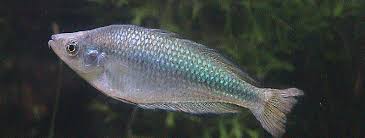
Gudgeons
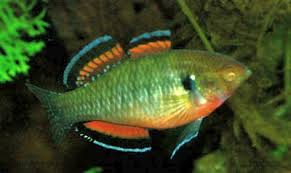
Pacific Blue eyes
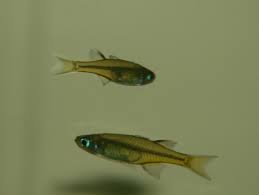
That said I’ve kept honey blue eyes and pacific blues eyes outdoors year round in Victoria.
Galaxias
In my ponds in Victoria I’ve kept dwarf galaxias, these are available through middle creek fish farm.
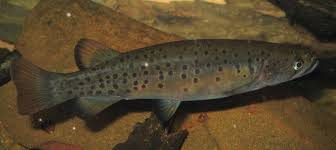
Pygmy perch
Smelt
Silver & Jade Perch
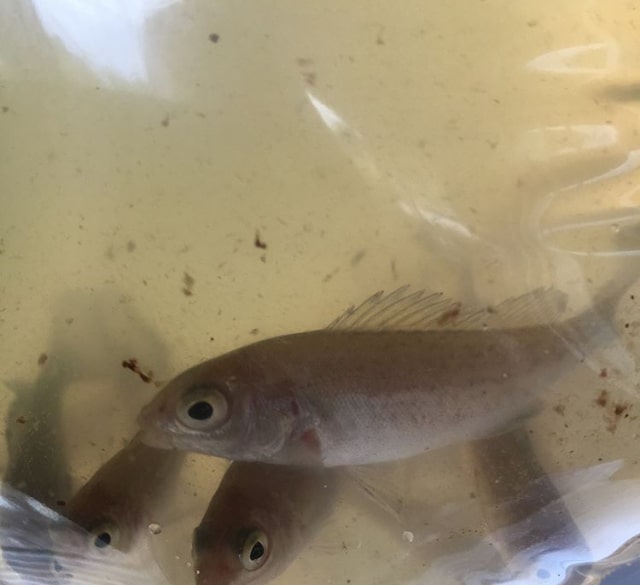
Australian Bass
Tandanus Catfish
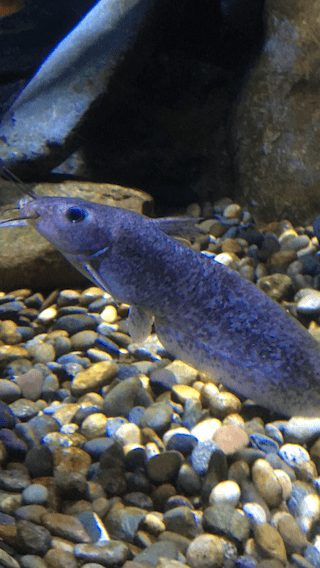
Non- Fish
Yabbies
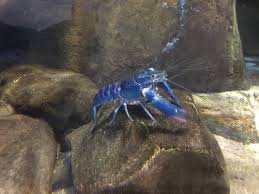
Fresh water mussels
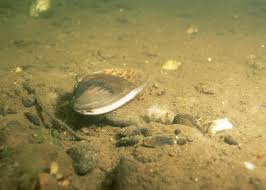
Shrimp
They are available online and are relatively cheap. Make sure your pond has plenty of vegetation and hiding spots! Or these little critters will become fish food.
Turtles
Australia haas quite a number of fresh water turtles that can be successfully kept in outdoor ponds. The most popular probably being the Murray river turtle.
In some states its illegal to keep turtles as pets but in most you need a licence to keep them. Your local pets shop should be able to inform you of the rules in your area.
Turtles make great and interesting pets but they will wander. A small fence needs to be placed around the pond at least 30cm high and 30cm into the ground. Turtles like to dig!
Keep in mind that any fence should be a solid barrier. Wire fences like chicken wire should be avoided as they can cut the turtles feet.

Non-native pond fish for Australia
Rice Fish
Medakas are a really cool little fish that will do really well in Aussie ponds.
They are perfect for small ponds as they only grow to around 3.5cm. They come in lots of different colours.
I’ve stocked them in my courtyard pond and some of my barrel ponds.
Barbs
Barbs are a small schooling fish. Avoid keeping them with long finned fish as they are renowned fin nippers!
Some popular breeds available are: Tiger barbs, Ruby Barbs, Cherry Barbs and Checker barb. All a readily available here in Australia either online or in local pet shops.
All of these will survive in a pond in a tropical- Sub tropical pond.
For those of us in temperate climates I’m told by my local fish expert that rosy barbs will survive in temperate climates even down south here in Gippsland, Victoria.
If you live in an alpine zone or even Tasmania I would not put any barbs into a pond.
Some barb species are identified as pests in Queensland.
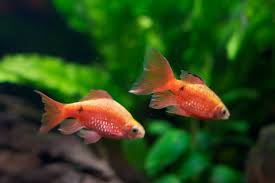
Guppies & Mollies
These are great pond fish if you live in a tropical or even subtropical climate. There are so many colours available. All that colourful movement in the pond is like living art. Again in Queensland these are a pest in local waterways.
It is possible to keep these in a patio pond in temperate climates during the warmer months. But they will need to return to a heated tank during the winter.
The kids will love guppies and mollies as they breed so readily. They actually don’t lay eggs. The young are born ready to swim.
These are available at any pet shop that sells fish or online.
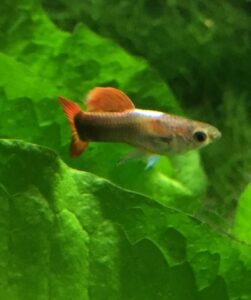
White Cloud Mountain Minnows
White clouds are an attractive small fish. They look very tropical even though they can live in a temperate climate. Sometimes referred to as the poor mans neon.
These little guys and girls like to school and are excellent at eating mosquito larvae. Don’t keep them with long fined slow fish as they are fin nippers!
I keep white clouds in one of my outdoor ponds here in Victoria no worries. They are breeding incredibly well and seem to tolerate the sometimes freezing temperatures.
These could be kept in all of the climate zones possibly even alpine regions, as they are native to mountain streams in their native China.
White clouds are readily available and very cheap! They are also incredibly hardy and commonly sold as a starter fish to help “cycle” aquariums and ponds.
There is some concern as to white clouds escaping from ponds into native waterways. Certainly something to be mindful of.
Koi & Goldfish
Koi and goldfish are the most popular fish kept in ponds not only in Australia but also the world. In Australia the only states that allow pond hobbyists to keep koi are NSW, ACT and WA.
For the rest of us we can keep goldfish. There are heaps of different species, colours and fin shapes available.
Koi and gold fish are in the carp family and can survive in water of poor quality and low oxygen.
Both grow quite large and the different colours look great in any pond. they tend to move quite slowly and can be an easy target for predatory birds.
Koi and Goldfish will live in all the climate zones of Australia including alpine.
Algae eaters
Algae eaters are another exotic fish commonly found in the aquarium trade. As the name suggests they eat algae. There are a number of fish that are known algae eaters but the most common are plecos and the Siamese algae eater.
The Siamese algae eater will grow to around 30cm. Plecos sizes vary as there are a huge amount of species available. The small bristle nose pleco won’t grow more than 15cm.
Most algae eaters are peaceful when small but will get territorial as they age.
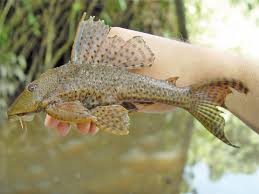
Trout
Trout can be kept in ponds provided there is plenty of aeration. They love fast running water so a pond stream with multiple pools would be ideal.
Trout are a cold climate fish much more suited to alpine and southern climates. Even so make sure the pond is deep enough so the water doesn’t get to warm during summer.
The warm water contains less oxygen and this will lead to unhappy trout!
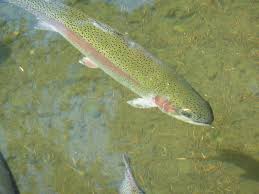
Summary
Hopefully this article has given you some ideas on the fish that are available or compatible with your pond project.
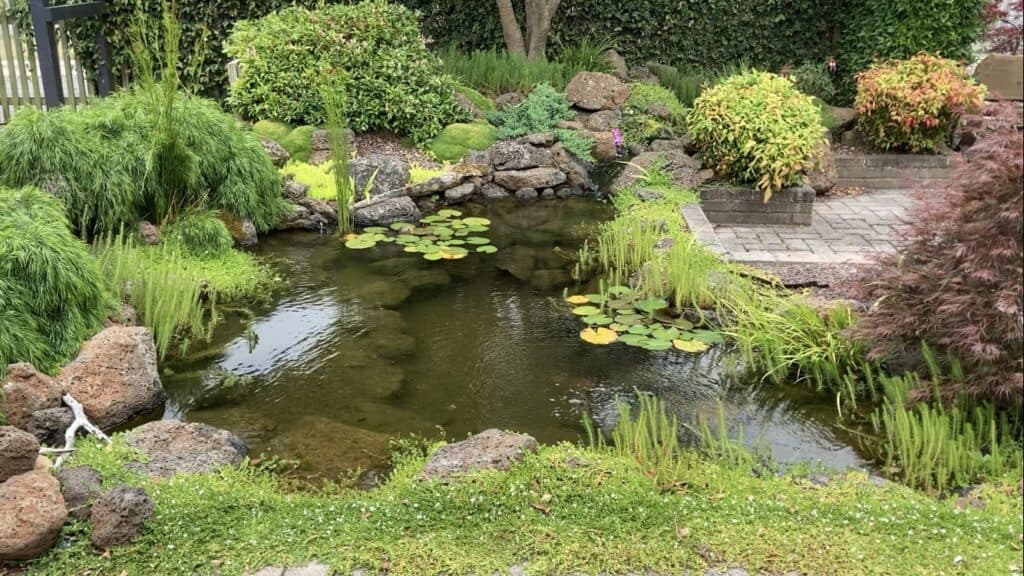
Join my email list
From time to time retailers and other suppliers offer me discounts to share with my readers/ youtube viewers.
If you would like to join that email list click the button below.
I promise I won’t spam you, I’ll only send offers I think can help you save money building and maintaining a pond.
